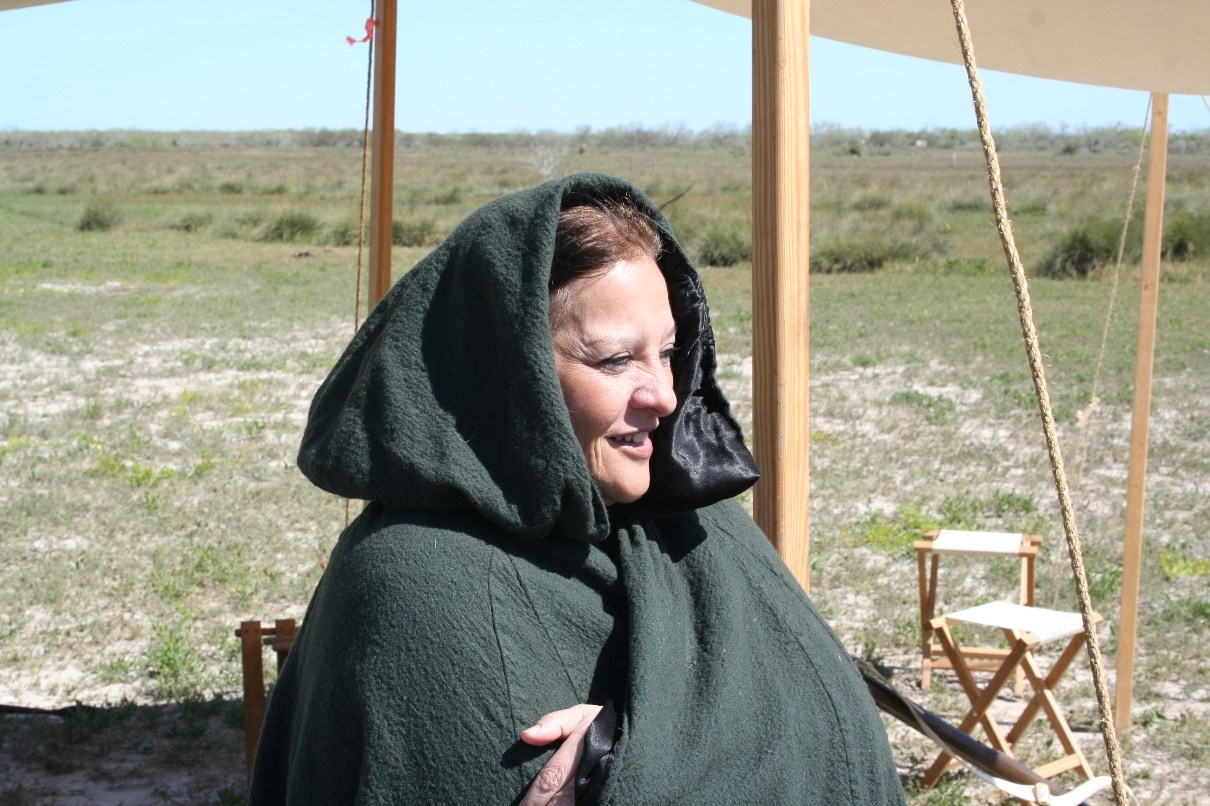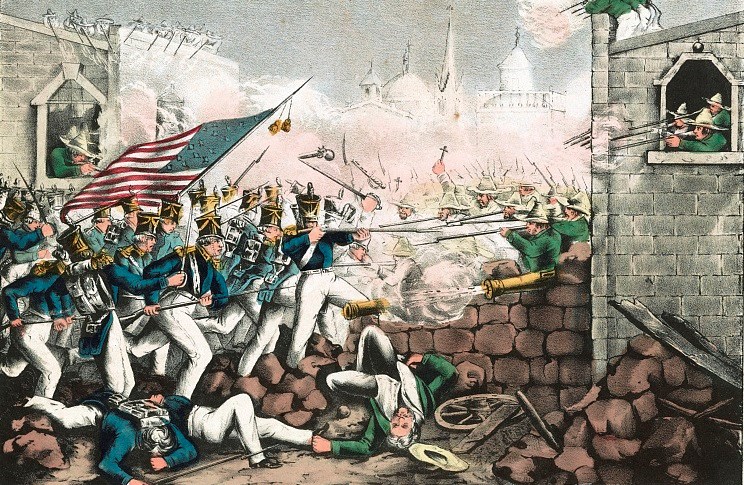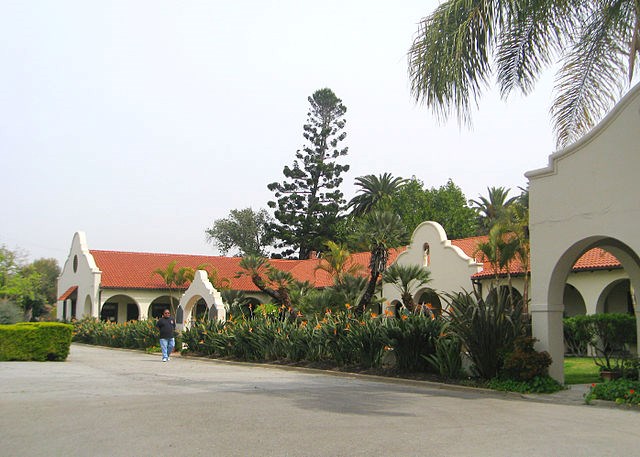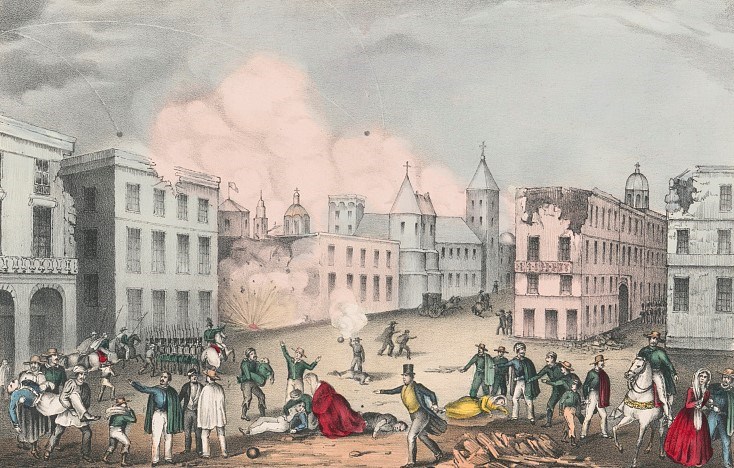Last updated: December 2, 2019
Article
Women in the U.S.-Mexican War

NPS photo
Their Stories
In 1846, warfare was very much a male activity. Elder statesmen in Congress made the decision to declare war. Military men devised the strategies for waging war. Thousands of young men, some barely older than boys, took up arms and served on fields of battle. Women had very little say in the whole affair.
Nevertheless, women did leave their mark on the U.S.-Mexican War. On the home front and on the battlefront, north and south of the Rio Grande, women served their nation in a variety of ways.
Camp followers
Women from both countries accompanied soldiers to war, sometimes in official capacity but often by their own choice. Known as "camp followers", these women served as cooks, laundresses, nurses, or maids.
Some wives of U.S. enlisted men traveled with their husbands as cooks or laundresses. In addition, the U.S. army hired four laundresses for each company, about 65 men.
Laundresses received one food ration a day. The amount of clothing they washed determined what they were paid. These women kept the soldiers clean, fed, and healthy. More importantly, camp followers raised troop morale and brought a bit of home to the monotony of daily camp life.
Mexican women frequently accompanied loved ones serving in the Mexican Army. A U.S. soldier noted seeing "a woman of 60 or more, a mother with an infant wrapped in her rebozo (shawl), a youthful Señorita frisking along with her lover's sombrero on her head, and a prattling girl who had followed father and mother to the war."

Library of Congress (no known restrictions)
In the Line of Fire
Most camp followers did not serve on the field of battle. However, some women took great risks in aiding soldiers during combat.
Maid of Monterrey
During the Battle of Monterrey, María Josefa Zozaya worked tirelessly to bring food and water to all, regardless of nationality. She was struck and killed by gunfire while gently lifting a soldier's head into her lap and binding his wounds with her own handkerchief.
U.S. soldiers buried her body "amid showers of grape and round shot." Deeply moved, U.S. soldiers praised her humanity in the midst of war. Songs and poems were written to commemorate the compassion of the "Maid of Monterrey".
The Great Western
U.S. women also put themselves in harm's way to support the troops. During the siege of Fort Texas, camp followers had orders to stay in underground magazines for protection. These women worked diligently sewing sand bags to strengthen the fort.
One woman, Sarah Bowman, refused to take shelter and served food and water to the troops during the siege. Even though a bullet went through her sunbonnet, she served "her boys" as they defended the besieged fort.
Her determination during the siege earned her the nickname "the Heroine of Fort Brown" and the honorary title of Colonel Bowman. When she died, this courageous woman was buried with full military honors.
Warriors
Women like Zozaya and Bowman ended up on battlefields by chance. Others specifically sought to place themselves in the fight. Some determined women managed to join the ranks and a few even experienced combat.
Elizabeth Newcome, of Missouri, participated in the conquest of New Mexico. "Bill" Newcome served as a Private in Steven Watts Kearney's Army for 10 months before the discovery of her true identity.
A doctor's examination of the Missouri soldier quickly revealed the private was female, and she was forced to leave. She was discharged from duty, but still received a veteran's land bounty after the war.
Like Elizabeth, other women disguised themselves to serve as soldiers. Some wanted adventure, others to watch over a loved one in the ranks. Most shared the traits of the young Missouri volunteer who had a "frail constitution" and avoided all men except his brother.

Vanesser III (public domain)
War Comes Home
Some women never left home but nonetheless found themselves engaged in combat. As the war pushed south to Mexico City and west to California, combat moved into heavily populated areas.
U.S. Captain William Henry saw several examples in Mexican hospitals after the Battle of Resaca de la Palma. "Beside one poor fellow," he wrote, "a beautiful girl of seventeen was seated, keeping off the flies. In another corner, a family group, the mother and her children, were seated by the wounded father."
Heroine of Monterrey
When her home city of Monterrey was invaded, Maria de Jesus Dosamantes donned a full Captain's uniform to "enter the ranks of the brave." Despite warnings from General Ampudia of the dangers she would face as a woman, she fought valiantly, earning the nickname the "Heroine of Monterrey."
Local Hero
Before U.S. troops occupied the city of Los Angeles, Igania Reyes –a local elderly woman - hid the city's main cannon in the reeds behind her house. Later, the cannon was retrieved and used to repel an attack by U.S. marines. The Battle of Dominguez Ranch is better known as "The Battle of the Old Woman's Gun" in her honor.

Library of Congress (No known restrictions)
Shared Sacrifice
Women did not need to experience combat to contribute to the war cause. One notable example was the wife of Captain John Page. When she learned of her husband's mortal wound at Palo Alto, Mrs. Page sprang into action.
Determined to see her dying husband one last time, she immediately boarded a ship from Baltimore to New Orleans. There she hoped to catch a steamboat sailing for the Rio Grande.
Undeterred
Her plans went astray as the ship made several unscheduled stops. Upon reaching Point Isabel, she discovered her husband was en route to New Orleans. She waited almost a week for the next boat back to that city. By the time Mrs. Page finally caught up to her husband, she had become a national icon.
Her journey had been followed daily in the newspapers. The Philadelphia Public Ledger praised her devotion, stating her action raised her "from the condition of wife of officer to that of a 'daughter of the Republic."
On the Home Front
Other women showed similar determination and devotion by keeping businesses and households running until their soldiers came home. When soldiers did not return, or returned wounded, they guided their families through the difficult times.
Leaving Their Mark
Although the war was waged predominantly by men, women left their mark on the U.S.-Mexican War. On the home front and the battlefront, with courage and determination, these women served as daughters of their republics.
